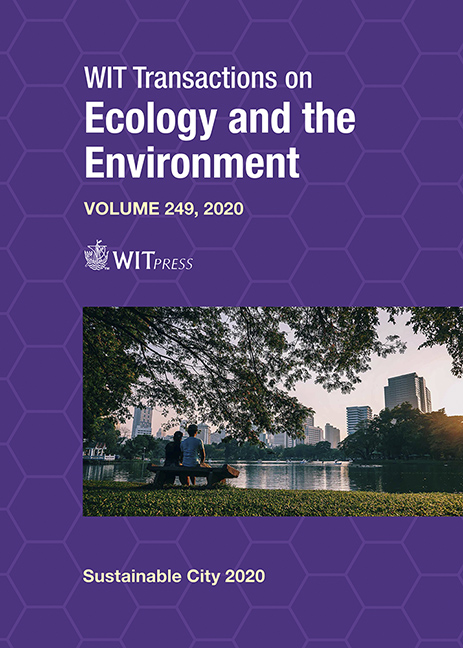SUSTAINABILITY THROUGH ENERGY CONSERVATION BUILDING CODES: COMPARATIVE ANALYSIS OF GREEN BUILDING REGULATIONS IN THE MIDDLE EAST
Price
Free (open access)
Transaction
Volume
249
Pages
16
Page Range
85 - 100
Published
2020
Paper DOI
10.2495/SC200081
Copyright
WIT Press
Author(s)
EDWIN RODRIGUEZ-UBINAS, SARAH ALZAROUNI, NOURA ALHAMMADI, MOHAMED ALANTALI, FATMA BEHZAD, SGOURIS SGOURIDIS
Abstract
In the UAE, buildings consume more than 80% of the total electrical generation, where the cooling systems are responsible for approximately 70% of the buildings’ peak electrical load. The government of Dubai initiated several efforts to improve building efficiency and move towards a more sustainable city. This paper benchmarks the different building codes in the UAE and the GCC, focusing on building envelopes, HVAC efficiency, and the application of renewable energy. Additionally, we compare requirements with the UAE early adopters of the Zero Energy Building concept. Despite having similar climate conditions and construction systems across the UAE, the green building regulations of Dubai, Abu Dhabi, and Ras Al Khaimah have different threshold requirements. For example, the maximum thermal transmittance (u-value) of the exterior walls in Dubai is 0.57, 0.32 in Abu Dhabi, and 0.48 W/m2K in Ras al Khaimah. Constructed Nearly Zero Energy buildings have U-values that are substantially lower than the Dubai regulations, between 0.06 to 0.32 W/m2K. We also found differences in other envelope requirements, the share of renewables, and COP values for air conditioning systems. The differences between the codes and between the early adopters nZEB help us to identify opportunities for improvement and standardization of these regulations and define a path toward wider nZEB adoption in the Emirates.
Keywords
sustainable cities, green buildings, zero energy buildings, energy consumption, building envelope, cooling systems, building code





